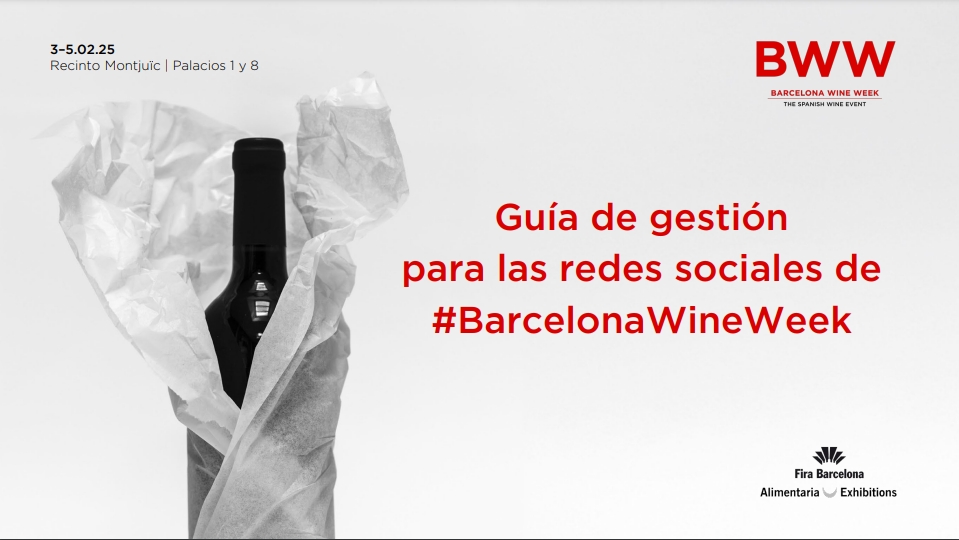Walking through the stands at Barcelona Wine Week 2025 felt like stepping into a complex and multifaceted fresco of contemporary Spanish wine. Now in its fifth edition, the fair was held in pavilions 1 and 8 of Fira de Barcelona, featuring 1,266 exhibiting wineries and 81 Designations of Origin (DO), marking significant growth compared to previous years. This growth is not just in numbers but also in ambition, as the industry seeks new opportunities and spaces to establish itself further.
This diverse setting brought together a mix of players: from long-established giants like Torres, Freixenet, and González Byass, who continue to be pillars of consistency and strength, to a dense network of smaller wineries and micro-producers, often championing wines with a strong regional identity.
From the volcanic whites of the islands to the structured and intense reds of Rioja (the most famous, though many others deserve mention) and the fresh, aromatic bubbles of Cava, the event showcased the incredible diversity of Spanish wine. These wines tell stories of soils, microclimates, and traditions that withstand the test of time, while also embodying an innovative spirit, with bold labels and cutting-edge production techniques pushing boundaries.
Spanish Wine and the Challenge of International Markets
The Spanish wine sector faces different market-driven dynamics: on one hand, there is a pressing need to broaden global distribution; on the other, there is the risk of oversimplifying the narrative to fit market demands. The challenge lies in striking a balance between recognition and authenticity, between competitiveness and character.
Old Vineyards and the Memory of the Land
Prominent figures like Raúl Pérez and Fernando Mora also shared their insights, emphasizing that old vineyards are not just about prestige—they are also key to understanding the future of Spanish wine.


